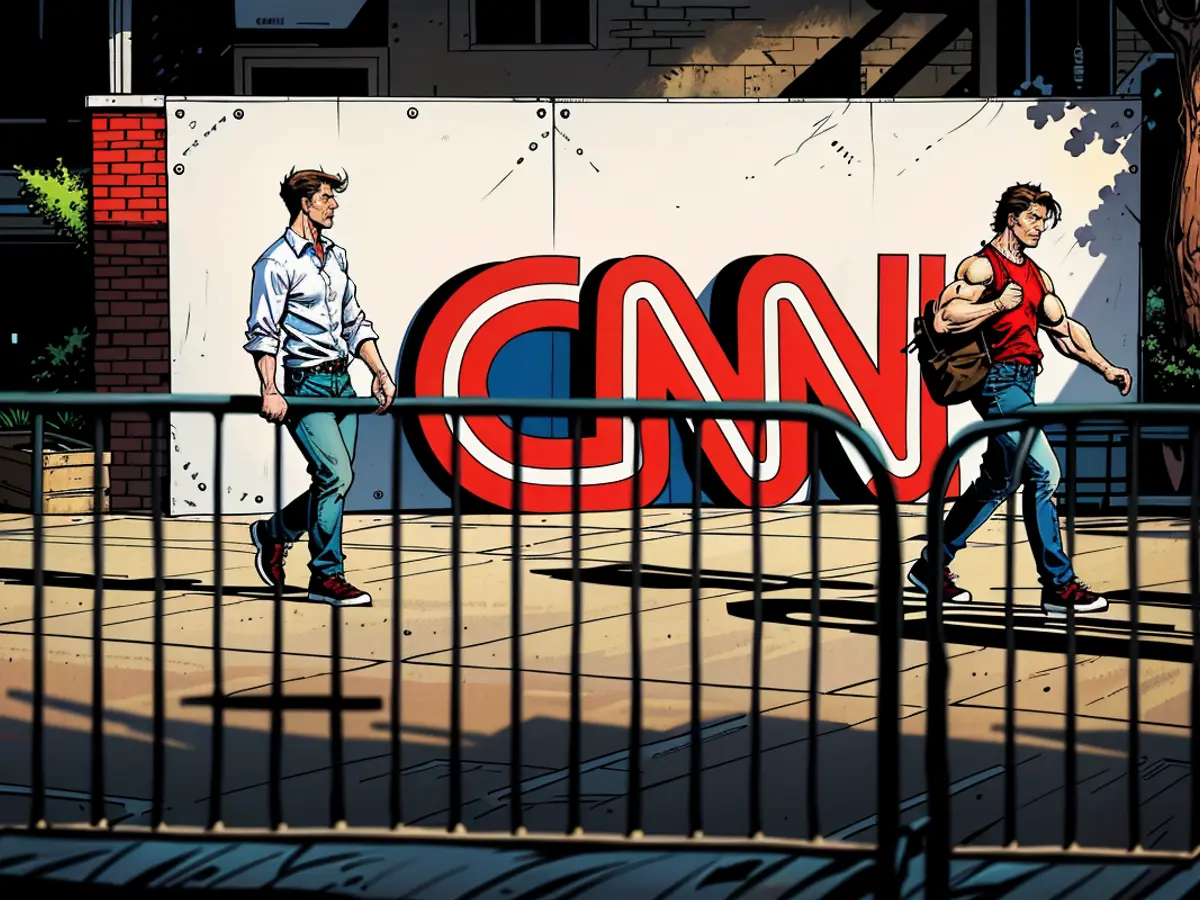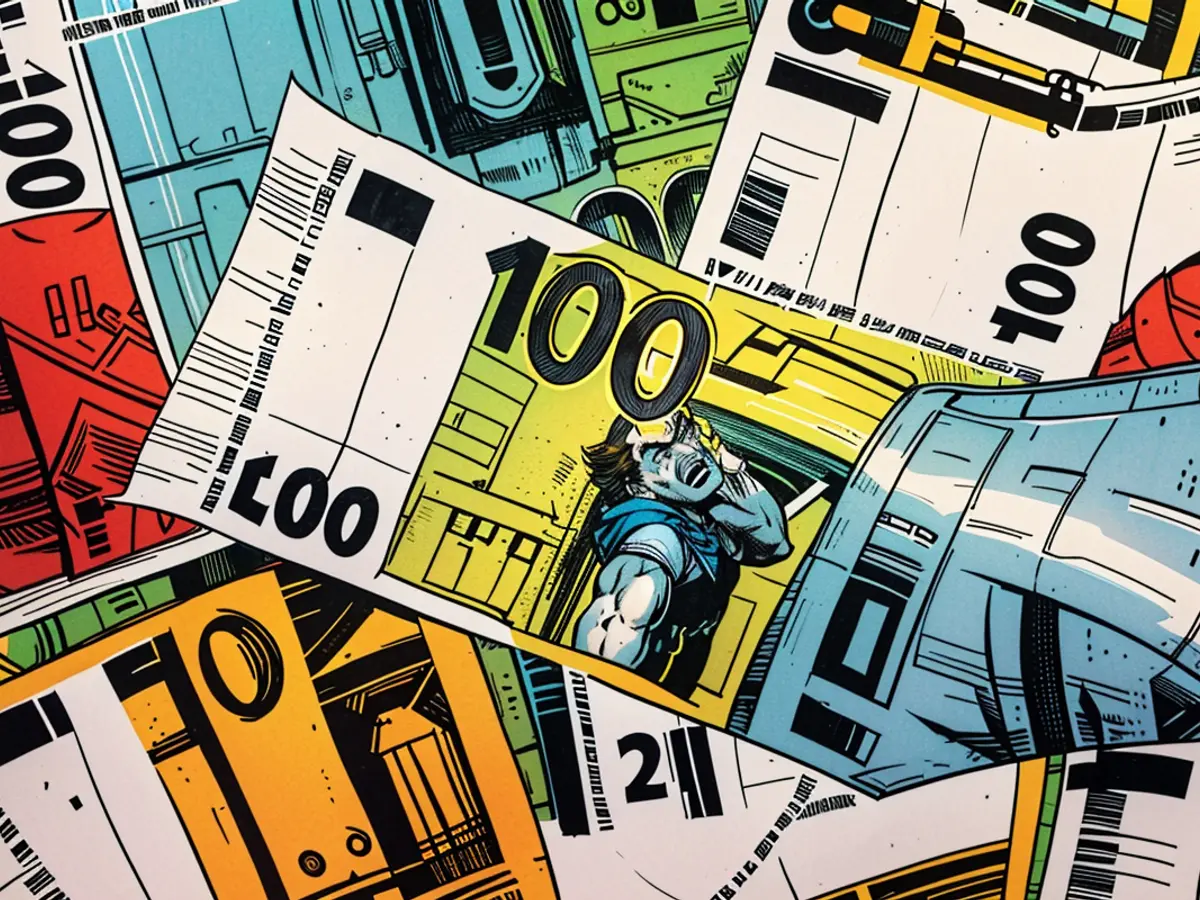CNN introduces a digital subscription service, requiring payment from certain users to access articles.
Beginning on this very day, we're prompting users residing in the United States to contribute a small, recurring payment for unrestricted entry to CNN.com's esteemed articles.
In a communique, Alex MacCallum, CNN's executive vice president of digital products and services, elaborated on this strategy. She noted that frequent visitors to CNN's site, who might not regularly read multiple articles, will not be solicited for payment at this juncture. Instead, they'll be prompted to subscribe only after they've perused a specific number of complimentary articles.
Subscribers, in return, will be entitled to advantages such as exclusive political features, original documentaries, a handpicked daily selection of our most captivating journalism, and a reduced ad load.
Both MacCallum and her supervisor, Mark Thompson, who serves as CNN's chairman and CEO, boast extensive experience with The New York Times, an organization lauded for its success in converting web readers and gamers into subscribers.
Earlier this summer, Thompson made public CNN's plans to develop superior, subscription-ready products that would catapult them to the top of the news industry, commencing with CNN.com's premier subscription service slated for release before the conclusion of 2024.
The much-anticipated subscription service is set to debut today, albeit in a preliminary form, which will subsequently expand as the months roll by. MacCallum expressed optimism in her memo, hinting at potential "new products and businesses" in the near future.
For organizations like CNN that primarily depend on cable television revenue, the necessity to establish new digital income channels is evident. In the past, CNN built a streaming video platform dubbed CNN+ in 2022 to cultivate direct connections with its viewership. However, this project, launched just prior to a fresh corporate parent, Warner Bros. Discovery, assuming control and looking for cost reductions, met an untimely demise, being canceled within mere weeks.
CNN now aims to derive subscriptions from its principal offerings, while select content will remain freely available without a subscription, incorporating CNN's homepage, live breaking news stories, standalone video pages, and sponsored articles.
Thomson Reuters announced on Tuesday their intention to roll out a paywall for their website and app in early October, with subscriptions worth a $1 per week available worldwide.
Reuters President Paul Bascobert stated in a statement, "This new subscription scheme will enable Reuters to extend the reach of its prized coverage at an economical cost, while also allowing us to further invest in our reporters and products for our subscribers."
The business of digital subscriptions has proven both lucrative and complex for numerous news organizations. A recent survey conducted by the Reuters Institute for the Study of Journalism at the University of Oxford discovered that only approximately 20% of American consumers are currently paying for digital news.
Greg Piechota, a researcher at the International News Media Association, asserted that there's ample room for the industry to evolve. "There's no subscription ceiling for digital news," noted Piechota. "Imagine standing at the foot of the One World Trade skyscraper in downtown New York and gazing towards the upper observation deck. Most news brands have only reached the first floor, while the 100th floor is still far off in the clouds."
The Times maintains the lead by a significant margin, with roughly 10 million digital subscribers. Smaller news organizations have grappled with subscription fatigue and resistance, a testament to the fact that news coverage was mostly free when the World Wide Web became popular in the 1990s.
Media companies of all sizes have invested the past decade or so in trying to alter access norms for news. While many readers and viewers have yet to grasp the connection between personally paying for news and sustaining the industry as a whole, Piechota contended that "when they become aware of the financial predicament faced by the commercial news media, their willingness to pay for journalism reaches its zenith."
In implementing this strategy, CNN will offer advantages like exclusive political features and reduced ad loads to its subscribers, which primarily depend on cable revenue and aim to establish new digital income channels.
Alex MacCallum hinted at potential "new products and businesses" in the future, suggesting that the media industry has ample room to evolve in the digital subscription landscape.








